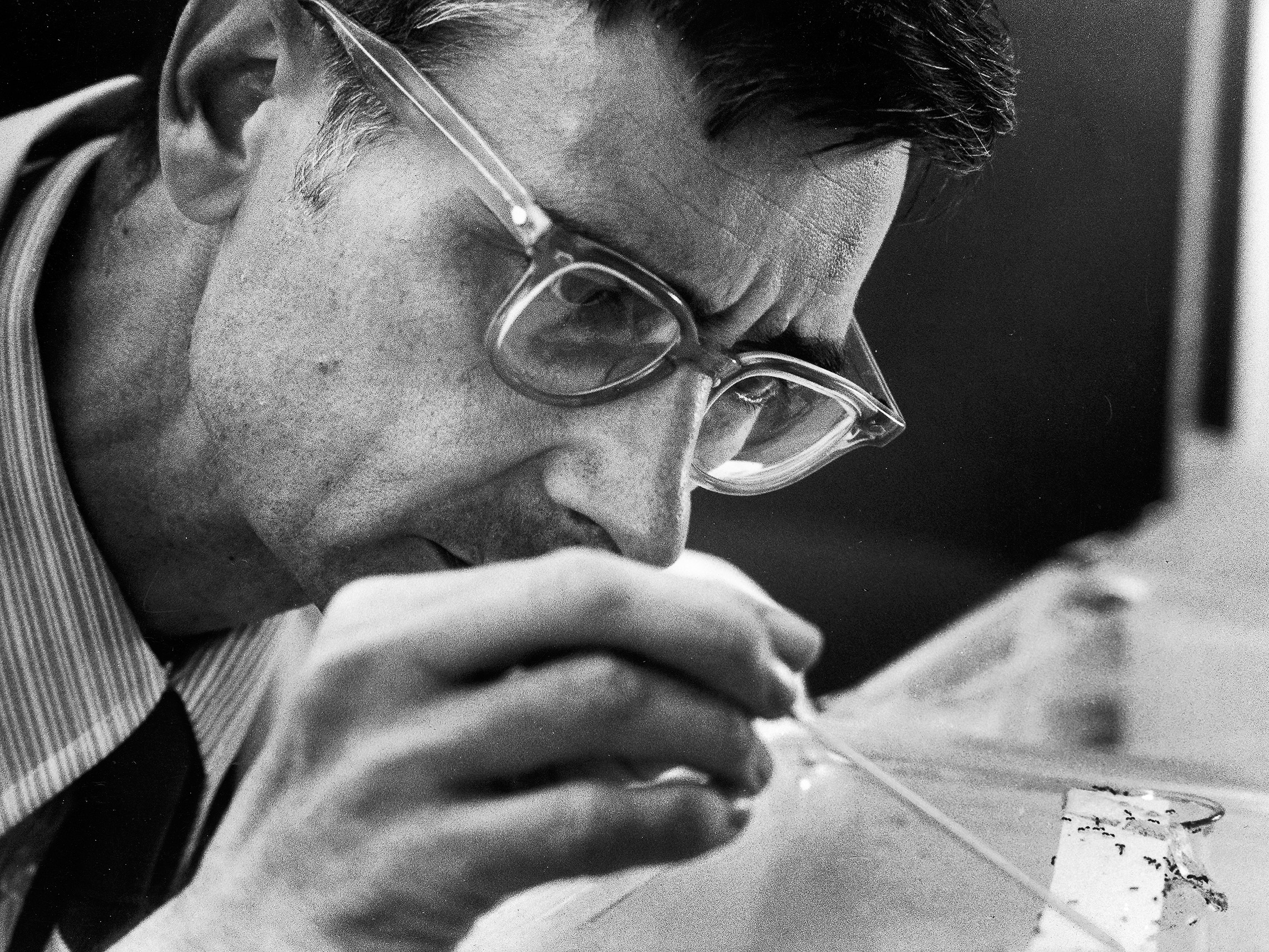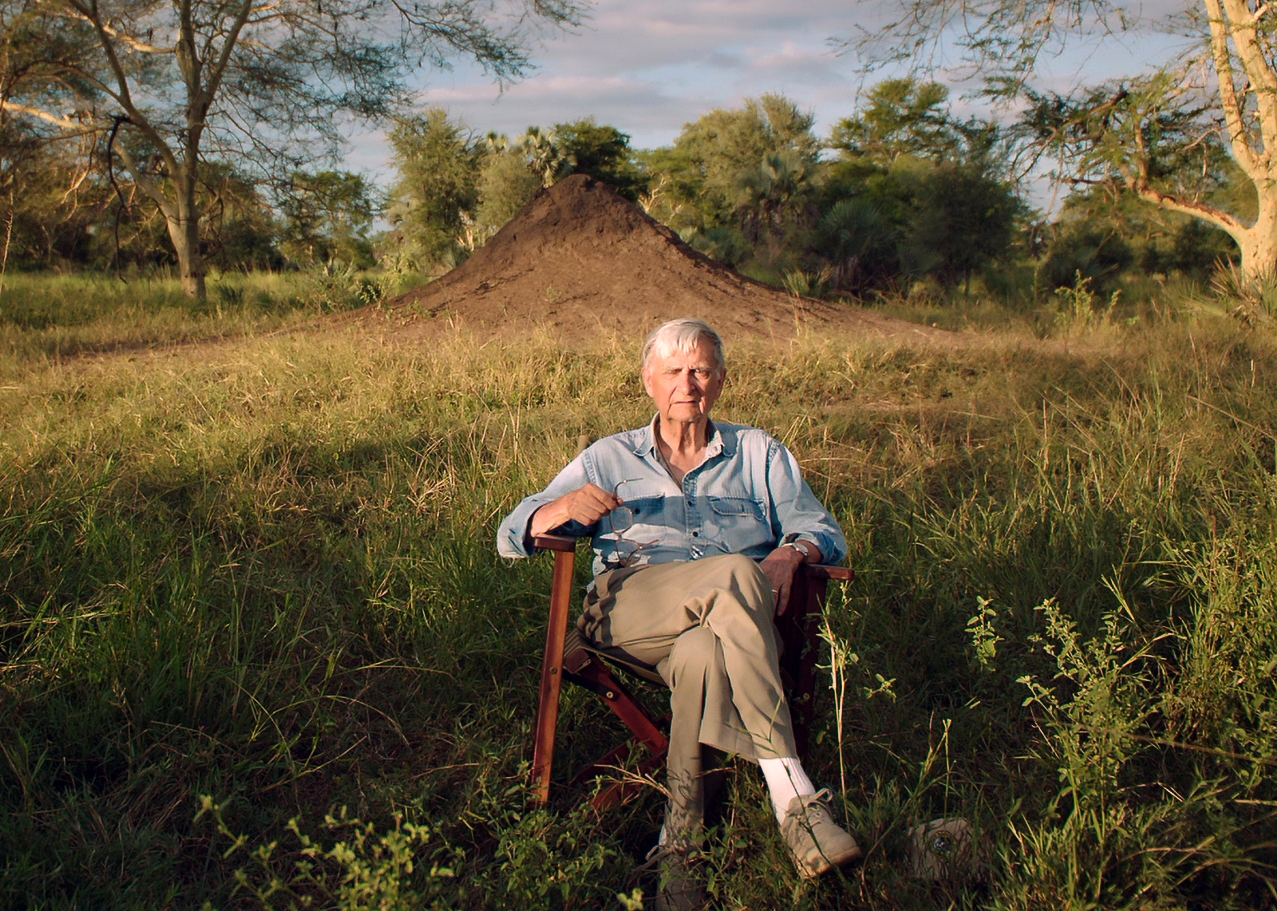Genes in human embryos become active far sooner than once thought, according to a study that provides fresh insight into development.
Contrary to the old view that gene activity begins two to three days after conception when the embryo is made up of four to eight cells, researchers found that it actually begins at the one-cell stage.
One-cell embryos have hundreds of active genes, but previous techniques have not been sensitive enough to detect that small amount of activity. State-of-the art RNA-sequencing used in this study could do so, according to the British authors.
"This is the first good look at the beginning of a biological process that we all go through -- the transit through the one-cell embryo stage," said study co-leader Anthony Perry, a professor of biology and biochemistry at the University of Bath.
One-cell embryos without gene activity don't continue to develop, so gene activity is "a fundamental step," Perry noted in a university news release.
His team also found that many genes activated in one-cell embryos remain switched on until the four-to-eight cell stage. At that point, they are switched off.
"It looks as if there is a sort of genetic shift-work in early embryos: The first shift starts soon after fertilization, in one-cell embryos, and a second shift takes over at the eight-cell stage," Perry said.
Some of the activated genes in one-cell embryos might be expected to play roles in early embryos, but the roles of other activated genes are unknown and could point to embryonic events not yet understood, according to the findings.
The study was published this month in the journal Cell Stem Cell.
"Although the trigger for activation is thought to come from the egg, it's not known how," Perry said. "Now we know which genes are involved, we can locate their addresses and use molecular techniques to find out."
The natural, healthy role of some gene-activation factors that go awry and cause cancer may be to awaken genes in one-cell embryos, researchers suggested.
If that proves true, the study could boost understanding of how cancer begins and lead to new ways to prevent and diagnose it.
The study may also provide new insight into inherited traits, such as obesity. It's not known how such traits are passed from parents to children, but altered gene activation after fertilization is a possible mechanism, according to the researchers.
"If true, we should be able to see this altered gene activation signature at the one-cell stage," said study co-leader Giles Yeo, principal research associate at the University of Cambridge.
More information
The U.S. Office on Women's Health outlines the stages of pregnancy.
Copyright © 2021 HealthDay. All rights reserved.

Genes from father, mother battle in womb over fetal nutrition, study finds

A "tug-of-war" between genes from mother and father appears to play a role in fetal development, according to a new study.
Dec. 27 (UPI) -- The "battle of the sexes" starts in the womb, and it appears to play a role in fetal development, a study published Monday by the journal Developmental Cell found.
In experiments using mice, researchers at the University of Cambridge in England identified the signals sent by fetuses to control the supply of nutrients from the placenta, they said.
As fetuses develop, they communicate their increasing needs for food to receive nourishment via blood vessels in the placenta, the researchers said.
In the genetically engineered mice, they showed how the fetus produces a signal to encourage growth of blood vessels within the placenta.
This signal also causes modifications to other cells of the placenta to allow for more nutrients from the mother to go through to the fetus, creating a "tug-of-war" between genes inherited from the father and from the mother, according to the researchers.
"We've identified one way that the fetus uses to communicate with the placenta to prompt the correct expansion of these blood vessels," study co-author Ionel Sandovici said in a press release.
"When this communication breaks down, the blood vessels don't develop properly, and the baby will struggle to get all the food it needs," said Sandovici, a post-doctoral researcher in metabolic diseases at the University of Cambridge's Department of Obstetrics and Gynecology.
The fetus sends a signal in the form of a protein hormone called IGF2 that reaches the placenta through the umbilical cord, according to Sandovici and his colleagues.
In mice, the response to IGF2 in the blood vessels of the placenta is controlled by another protein, called IGF2R.
The two genes that produce IGF2 and IGF2R are "imprinted," a process in which molecular switches on the genes identify their parental origin and can turn them on or off.
In the case of IGF2, only the copy of the gene inherited from the father is active, while only the copy of IGF2R inherited from the mother is active, according to the researchers.
"We've known for some time that IGF2 promotes the growth of the organs where it is produced," Sandovici said.
"In this study, we've shown that IGF2 also acts like a classical hormone -- it's produced by the fetus, goes into the fetal blood, through the umbilical cord and to the placenta, where it acts," he said.
The researchers used mice, as it is possible to manipulate their genes to mimic different developmental conditions, enabling them to study in detail the different mechanisms taking place.
In humans, levels of the protein in the umbilical cord progressively increase between 29 weeks of gestation and full term, or 39 to 40 weeks, the researchers said.
Excessive IGF2 is associated with too much growth, while a shortage of the protein is associated with too little growth, they said.
Babies that are too large or too small are more likely to suffer or even die at birth and they have a higher risk for developing diabetes and heart problems as adults.
The World Health Organization estimates that between 10% and 15% of babies grow poorly in the womb, often showing reduced growth of blood vessels in the placenta.
In humans, these blood vessels expand dramatically between mid and late gestation, reaching a total length of approximately 190 miles at full term Sandovici and his colleagues said.
The findings provide a better understanding of how the fetus, placenta and mother communicate with each other during pregnancy, they said.
This could lead to ways of measuring levels of IGF2 in the fetus and finding ways to use medication to normalize them to ensure healthy fetal growth, according to the researchers.
"In our study, the father's gene drives the fetus's demands for larger blood vessels and more nutrients, while the mother's gene in the placenta tries to control how much nourishment she provides," study co-author Miguel Constâncias said in a press release.
"There's a tug-of-war taking place, a battle of the sexes at the level of the genome," said Constâncias, a senior lecturer in reproductive biology at the University of Cambridge.









 1983: Dr. Edward O. Wilson joined the faculty of Harvard in 1956. He began as an ant taxonomist and worked on studying their evolution, how they “developed into new species by escaping environmental disadvantages and moving into new habitats.” In the 1960s, he collaborated with mathematician and ecologist Robert MacArthur. Together, they tested the theory of species equilibrium on a tiny island in the Florida Keys. He eradicated all insect species and observed the re-population by new species. A book The Theory of Island Biogeography about his experiment became a standard ecology text. In 1973, E.O. Wilson was appointed Curator of Insects at Harvard’s Museum of Comparative Zoology. In 1975, he published the book Sociobiology: The New Synthesis, applying his theories of insect behavior to vertebrates and in the last chapter, humans. Wilson speculated that evolved and inherited tendencies were responsible for hierarchical social organization among humans. In 1978, he published On Human Nature which discusses the role of biology in the evolution of human culture and won a Pulitzer Prize.
1983: Dr. Edward O. Wilson joined the faculty of Harvard in 1956. He began as an ant taxonomist and worked on studying their evolution, how they “developed into new species by escaping environmental disadvantages and moving into new habitats.” In the 1960s, he collaborated with mathematician and ecologist Robert MacArthur. Together, they tested the theory of species equilibrium on a tiny island in the Florida Keys. He eradicated all insect species and observed the re-population by new species. A book The Theory of Island Biogeography about his experiment became a standard ecology text. In 1973, E.O. Wilson was appointed Curator of Insects at Harvard’s Museum of Comparative Zoology. In 1975, he published the book Sociobiology: The New Synthesis, applying his theories of insect behavior to vertebrates and in the last chapter, humans. Wilson speculated that evolved and inherited tendencies were responsible for hierarchical social organization among humans. In 1978, he published On Human Nature which discusses the role of biology in the evolution of human culture and won a Pulitzer Prize. June 10, 1991: Edward O. Wilson, co-author of The Ants, which won the Pulitzer Prize for general Nonfiction. (AP)
June 10, 1991: Edward O. Wilson, co-author of The Ants, which won the Pulitzer Prize for general Nonfiction. (AP) On Human Nature, 1978, by E. O. Wilson. Wilson explains how different characteristics of humans and society can be explained from the point of view of evolution.
On Human Nature, 1978, by E. O. Wilson. Wilson explains how different characteristics of humans and society can be explained from the point of view of evolution.




















